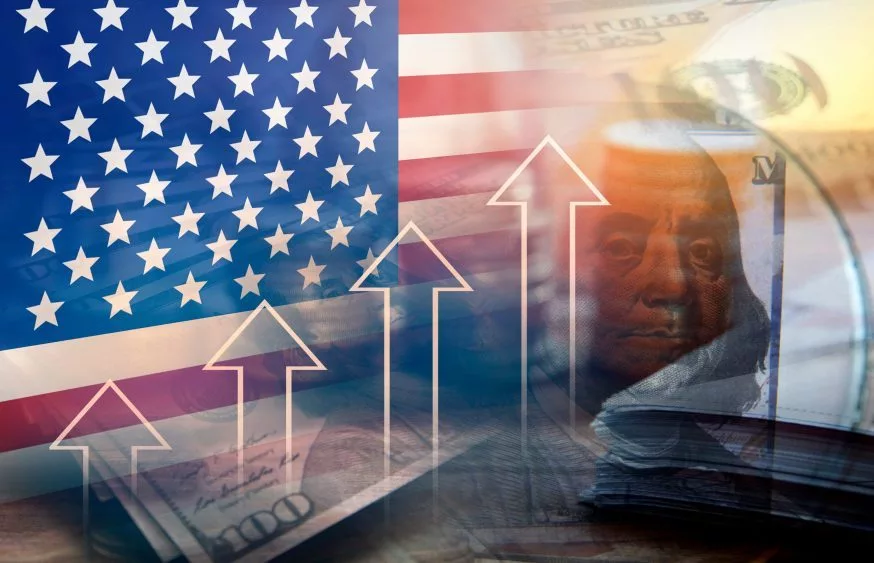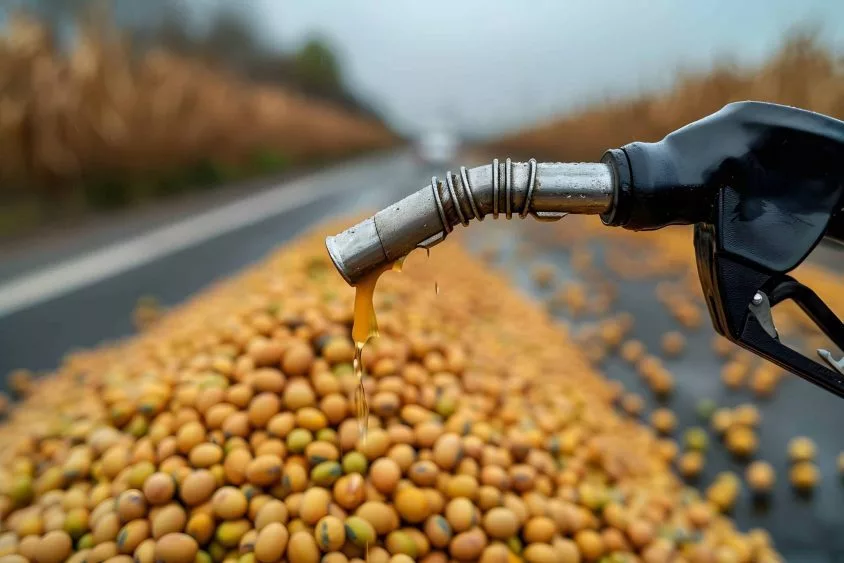
(WASHINGTON D.C.) — On Wednesday, President Donald Trump announced a long list of global reciprocal tariffs that cover a wide-range of products from numerous countries that hold trade surpluses with the United States.
According to a chart held up by President Trump during the press conference, the long list of reciprocal tariffs included rates of 37% on products from China, 20% on products from the European Union, 24% on products from Japan, 10% on products from Brazil, 46% on products from Vietnam, 10% on products from the United Kingdom and varying rates on numerous other countries.
The President also announced a baseline tariff rate on imports from all countries of at least 10% during his press conference on Wednesday, declaring a national economic emergency as a basis to launch the tariffs. Higher duties will be charged against countries that levy higher rates on the United States as well. President Trump said during his remarks that “we will charge them approximately half of what they are and have been charging us.”
Notably absent from the list unveiled on Wednesday was Canada and Mexico. The Trump Administration announced that USMCA compliant products from Canada and Mexico will be exempted from the baseline 10% tariff and other reciprocal tariffs for now. The 10% baseline would only come into affect on Canada and Mexico if or when the originally announced 25% duties on Canadian and Mexican imports are terminated or suspended.
On what was dubbed “Liberation Day” by President Trump, he said in a Rose Garden press conference that trading partners have “looted, pillaged, and raped” American industries for decades, leading to a loss of U.S. jobs and manufacturing. He added that it’s part of his plan to “Make America Wealthy Again,” claiming today is one of the most important days in American history. “With today’s actions, we’re also standing up for our great farmers and ranchers who are brutalized by nations all over the world,” Trump said.
LIBERATION DAY RECIPROCAL TARIFFS
pic.twitter.com/ODckbUWKvO
— The White House (@WhiteHouse) April 2, 2025
In terms of agriculture, President Trump specifically called out Canada for its dairy tariffs and Australia for blocking American beef imports. “We imported $3 billion of Australian beef from them just last year alone,” said President Trump in reference to Australia. The President then added “they won’t take any of our beef.”
In reaction, House Agriculture Committee Ranking Member Angie Craig (D-MN) issued a statement saying “by declaring a worldwide trade war, the Administration is hurting American farmers, workers and consumers. Increasing input costs, shutting farmers out of export markets and causing middle-class families to pay more at the grocery store is not a winning strategy. Starting trade wars puts family farmers in the crosshairs for retaliation. In 2018, the Trump administration’s trade wars cost our farmers $30 billion in lost exports. The tariffs announced today are broader than in 2018 and come as farmers struggle with widespread uncertainty. The losses from this trade war will force farms to close.”
Many farm groups have expressed concern about tariffs ahead of Wednesday’s announcement while the American Farm Bureau has said tariffs on countries like Canada, Mexico and China could impact nearly $30 billion in agricultural exports.
Becky Rasdall Vargas, senior vice president of trade and workforce policy at the International Dairy Foods Association (IDFA), released a statement in response to President Trump’s press briefing on reciprocal tariffs saying in part that “IDFA supports the Trump Administration’s efforts to hold trading partners accountable and expand market access for U.S. dairy. However, broad and prolonged tariffs on our top trading partners and growing markets will risk undermining our investments, raising costs for American businesses and consumers, and creating uncertainty for American dairy farmers and rural communities. We urge the administration to engage directly with dairy stakeholders and swiftly pursue resolutions with our trading partners that strengthen U.S. dairy’s global competitiveness.”
STAY TUNED FOR UPDATES AND REACTIONS



